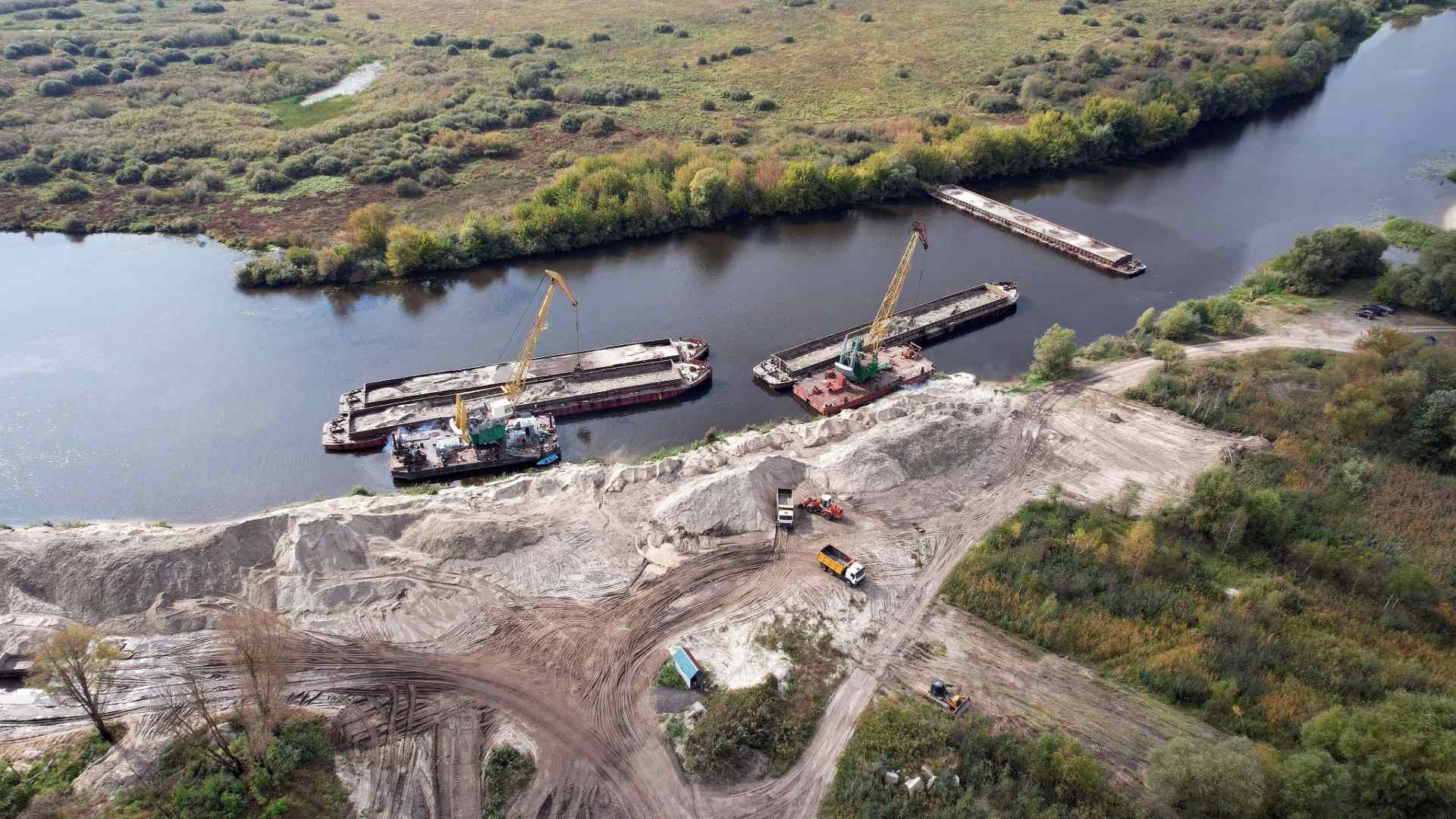Introduction
Dredging plays a vital role in river training operations, ensuring that waterways maintain adequate flow, structural stability, and resilience against seasonal flooding. By removing sediment, debris, and excess material from riverbeds and banks, dredging helps reshape channels to meet specific engineering and environmental objectives. In this article, we examine the essential dredging techniques, the equipment used in the process, and the common challenges encountered during river training operations. These insights are crucial for managing flood risk, improving navigability, and enhancing overall river health.
Understanding River Training and the Role of Dredging
River training works refer to structural and non-structural interventions designed to direct the flow of a river within a defined alignment and cross-section. The primary goals are to improve flow conditions, protect riverbanks from erosion, and manage flood levels. Among the various interventions, dredging is one of the most effective and widely used techniques. Dredging adjusts the river’s cross-section, allowing for improved sediment transport, reduced flood risk, and optimized navigation channels.
Key Dredging Techniques in River Training
The choice of dredging techniques depends on several factors, including soil type, river conditions, water depth, and the project’s engineering goals. Some of the most common methods used in river training operations include:
1. Mechanical Dredging
This involves using equipment such as clamshells, backhoes, or draglines to scoop sediment from the riverbed. Mechanical dredging is typically used in shallow waters or where precise excavation is needed, such as near bridge piers or embankments.
2. Hydraulic Dredging
Hydraulic dredging uses suction to remove sediments in slurry form. This technique is highly effective in deeper waters and large-scale projects. Cutter suction dredgers (CSDs) are commonly used, equipped with rotating cutters that loosen the soil before suction is applied.
3. Cutter Suction Dredging
This specialized form of hydraulic dredging combines mechanical and suction actions. The cutter head dislodges compact material, which is then pumped through floating pipelines to disposal sites. Cutter suction dredgers are ideal for continuous and large-volume excavation, especially in silt, clay, or compacted soils.
4. Auger Dredging
This technique is used for precise dredging in narrow or sensitive areas. An auger rotates to stir up sediment, which is then pumped away. It is often used for environmental dredging where minimal disturbance is required.
5. Water Injection Dredging
This method utilizes jets of water to dislodge sediment, allowing it to flow with the current to a different location. It’s an economical and low-impact technique suitable for maintenance dredging in areas with soft sediments.
Essential Equipment Used in Dredging
The success of dredging operations largely depends on selecting the appropriate equipment. The following are widely used in modern river training works:
- Cutter Suction Dredger (CSD): Most effective for continuous, high-volume dredging. Equipped with GPS, automation, and real-time monitoring systems to enhance precision.
- Backhoe Dredger: Suitable for hard soils and shallow waters; ideal for small-scale and controlled excavation.
- Trailing Suction Hopper Dredger (TSHD): Used in coastal or estuarine areas for maintenance dredging. It stores dredged material in onboard hoppers.
- Survey Boats and GPS Equipment: Used for pre-dredging surveys, monitoring dredging progress, and ensuring alignment and depth accuracy.
- Pumps and Pipelines: Transport dredged material to disposal sites or containment areas. These can be floating or shore-based.
Objectives of Dredging in River Training
Dredging is not a one-size-fits-all solution; it serves multiple purposes depending on the context. Some of the main objectives include:
- Improving Navigation: Ensuring clear, deep channels for safe and efficient transport.
- Flood Prevention: Increasing river capacity to carry floodwaters safely.
- Erosion Control: Stabilizing banks and reducing scouring effects.
- Channel Optimization: Achieving uniform cross-sections to facilitate smooth flow.
- Sediment Management: Ensuring efficient transport of natural sediment load without excessive buildup.
- Slope Stabilization: Maintaining engineered slopes that prevent failure and landslides.
Common Challenges in Dredging Operations
Despite technological advancements, dredging operations are often met with several challenges, particularly during river training works:
1. Slope Stability Issues
One of the most difficult aspects is maintaining slope stability while dredging. Over-excavation or rapid dredging can lead to slope failures, especially in weak or waterlogged soils. Controlled excavation and step-by-step slope trimming are often required.
2. Siltation and Redeposition
Sediment can quickly re-accumulate in dredged areas, especially in tidal or high-flow rivers. Back siltation requires timely monitoring and, in some cases, re-dredging before finalizing bank protection.
3. Equipment Navigation in Strong Currents
Strong river currents, especially during monsoon season, make it difficult for dredgers to maintain position and execute precise cuts. GPS-guided systems and anchor-based positioning help mitigate this challenge.
4. Environmental Impacts
Dredging can disturb aquatic habitats, release pollutants from sediments, and increase turbidity. Environmental assessments and careful scheduling (e.g., avoiding breeding seasons) are essential to minimize impact.
5. Uncertain Soil Conditions
Unexpected layers of rock, debris, or highly variable soil types can complicate the operation and damage equipment. Pre-dredging soil profiling is crucial for planning.
Quality Control and Monitoring
Ensuring quality in dredging involves both pre-surveys and post-dredging evaluations. Key control measures include:
- Dredging Depth and Width Checks: Continuous monitoring of cutter depth and alignment to prevent over- or under-dredging.
- Electronic Survey Systems: Real-time feedback helps operators stay within design tolerances.
- Soil Monitoring: Adjusting dredging techniques based on the soil’s response to excavation.
- Post-Dredging Slope Stability Assessment: Ensuring the final profile aligns with safety and hydraulic requirements.
Conclusion
Dredging remains a cornerstone of effective river training operations, offering engineered solutions to problems of flow control, bank erosion, and flood prevention. By applying the right dredging techniques, utilizing advanced equipment, and addressing challenges through rigorous planning and monitoring, engineers can significantly improve the functionality and safety of waterways. As climate variability increases and water infrastructure becomes more critical, the importance of efficient, sustainable, and adaptive dredging practices will only continue to grow.
